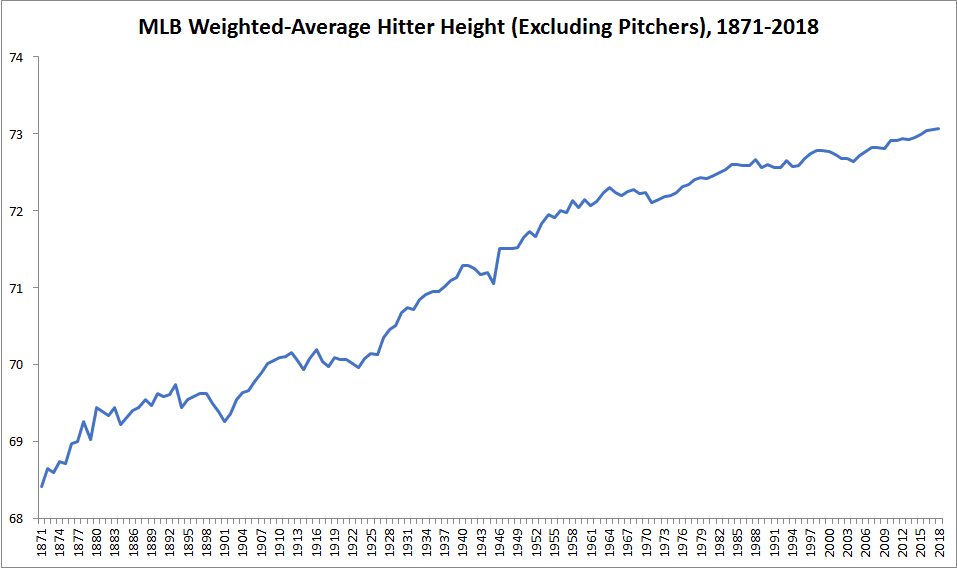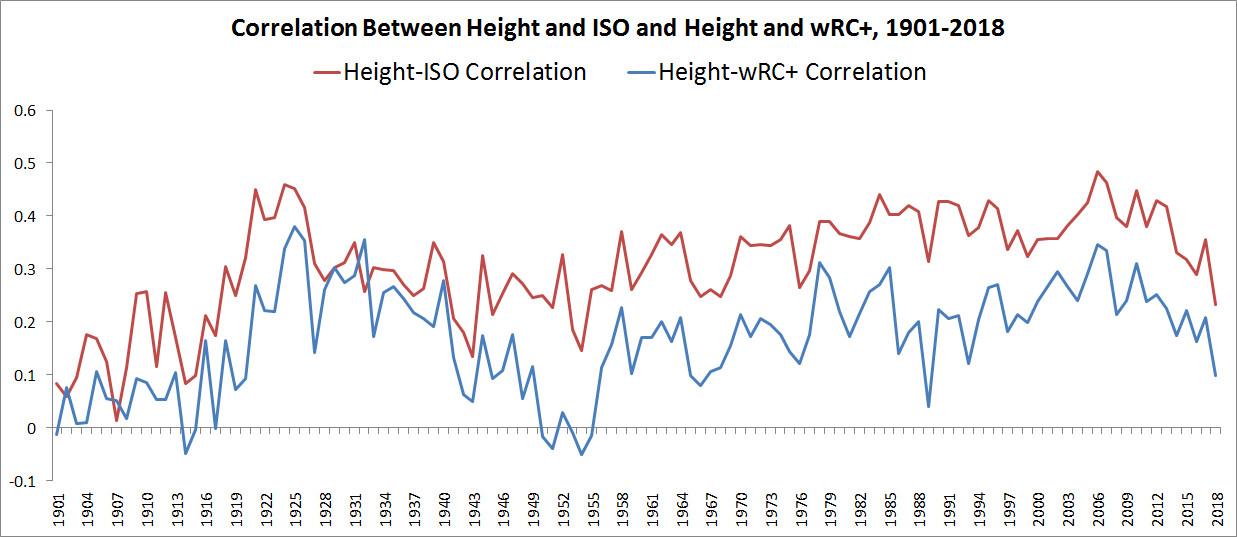On Monday, the Yankees officially announced their signing of second baseman DJ LeMahieu to a two-year, $24 million deal, a development that was not greeted with great rejoicing by most of their fans. The backlash is less about LeMahieu—a barely top-10 second baseman over the past four years—than about who LeMahieu is not: Manny Machado or Bryce Harper.
We feel you, Yankees fans. Is it fair that fans of the rightful home for free agents should suffer not having Harper just because the team already happens to have guys who got MVP votes last season at every position Harper plays? No; in a just world, the Yankees wouldn’t be punished for having so many stars that sometimes they can’t quite cram in another one. It’s even crueler that despite theoretically having places to put Machado, Brian Cashman acquired the Colorado’s Rockies’ double-play combo from 2012-15, LeMahieu and Troy Tulowitzki. Aren’t the Yankees supposed to be baseball’s biggest franchise?
About that: The Yankees may no longer be baseball’s biggest spenders. But biggest, they can do. In a physical sense, the Yankees’ hitters are humongous. And height-wise, they’re having a heck of a winter.
LeMahieu, a 30-year-old right-handed hitter who’s played for the Rockies since 2012, owns three deserved Gold Gloves, hits a lot like Derek Jeter (if Derek Jeter were worse), and might have some untapped power potential. He’s projected to be worth 2.0 WAR, which couldn’t be closer to average. Glance at his stats and the position he plays, and one might mistake LeMahieu for what baseball broadcasters call a Nice Little Player. Except that LeMahieu isn’t little at all. Assuming we don’t have to height-adjust because gravity is weaker in Colorado, LeMahieu, who’s listed at 6-foot-4, is one inch taller than either Machado or Harper. And Yankees fans complain that the club hasn’t landed a big free agent.
LeMahieu is the tallest player ever whose primary position is second base. Tied for next-tallest is Neil Walker—the Yankees’ second baseman last year. Yes: The Yankees had a huge second baseman, and then this winter they went out and got the world’s one second baseman who could claim to be bigger. With the addition of LeMahieu, the 6-foot-3 Tulowitzki, and the departure of token tiny guy Ronald Torreyes, the Yankees have doubled down on an already apparent heightist trend. Brian Cashman has constructed a lineup almost entirely out of extremely large men, sluggers so big and beefy that they don’t break stride when a sign says “You must be Clu Haywood or higher to ride.” These Yankees may be the tallest team ever, and, at some point this season, they may field the tallest individual lineup ever. Yet they’re collecting large players in an era when size seems to be helping hitters less than it has in decades.
When questioned Tuesday about the team’s obvious strategy of acquiring exclusively huge hitters—LeMahieu, specifically—a Yankees front-office official responded, “I didn’t realize he was that tall.” Sure. It’s just a complete coincidence that the team that already employed Aaron Judge (6-foot-7), Giancarlo Stanton (6-foot-6), Greg Bird (6-foot-4), Luke Voit (6-foot-3), the injured Didi Gregorius (6-foot-3), and Gary Sánchez (6-foot-2)—plus a selection of measly low-6-footers like Aaron Hicks, Gleyber Torres, and Miguel Andújar—also added two of the tallest hitters on the free-agent market. Clearly, the Yankees settled for Tulo and LeMahieu only after finding out that Eduardo Escobar wasn’t really this large.
For context, let’s look at how hitters have grown over time, using data provided by Dan Hirsch of Baseball-Reference. With the caveat that players are worse than online daters at accurately reporting how tall they are, here’s how the average height of MLB hitters, weighted by plate appearances, has ascended over the years. We’ve excluded pitcher hitters from all numbers below; pitchers tend to be taller than position players, which would skew the stats toward pre-DH and National League post-DH teams. (Plus, pitchers aren’t real hitters.)

Today’s hitters are almost 5 inches taller than hitters in the 1870s, a gap that seems roughly in line with the growth in the male population at large (so to speak). When Babe Ruth entered the league, hitters were about 3 inches shorter than they are today; when Hank Aaron debuted, the difference was only an inch. Although the rate of the increase has slowed, it’s still steadily (and literally) inching up: Leaguewide, hitters have gotten taller in each of the past five seasons, collectively topping 6-foot-1 for the first time in 2016.
It’s unsurprising, then, that most of the tallest hitting teams in history hail from recent seasons. The table below shows the top 10 teams by height (left) and by height relative to the league (right). (Full lists are available here.)
Top 10 Average Team Hitting Heights, Raw and Era-Adjusted
The reigning tallest hitting team of all time is Machado’s 2016 Orioles, although Machado’s height (6-foot-3) put him only into a five-way tie for sixth on that team. The only team in the unadjusted top 10 that doesn’t date from this century is the 1968 Senators, led by Frank Howard (6-foot-7), 6-foot-4 catching combo Paul Casanova and Billy Bryan, and a long list of players who stood 6-foot-2 or taller. Relative to the leaguewide average height, the ’68 Senators were the tallest team in history, trailed closely by the ’69 Senators and, in fifth place, the ’67 Senators. The ’67 and ’68 teams were both below-average at the plate, although their offensive fortunes improved after Ted Williams took over as manager in 1969. Yankees hitters have been big before: The 1926, 1921, and 1927 Ruth–Lou Gehrig clubs (which could hit a little) rank third, 11th, and 18th on the era-adjusted list.
Last year’s Yankees were the seventh-tallest hitting team of all time (83rd era-adjusted). With Tulo and LeMahieu in the fold, Sánchez likely to have a healthier season, and Gregorius due back in the second half, there’s every reason to think they can stand taller this year and perhaps make a run at the Orioles’ record. There’s just one player dragging them down: Brett Gardner. Listed (generously) at 5-foot-11, Gardner will be the lone sub-6-foot staple in the lineup. With the exception of his injury-shortened 2012, he hasn’t played fewer than 140 games in a season since 2009, so he’s the biggest threat to make the Yankees look less gigantic. Re-signing Gardner, who’ll turn 36 in August, to a one-year deal in November in the wake of his worst offensive season—albeit one when his speed, defense, and plate discipline stayed strong—was the only evidence from this winter that the Yankees were willing to play someone small. Maybe Gardner got grandfathered in.
Even if Gardner’s presence prevents the Yankees from boasting record-setting full-season size, they’ll still have a shot at the single-game high. The two tallest average lineup heights, again excluding pitchers, both belong to the 2005 Diamondbacks, whose eight non-pitcher hitters averaged 6-foot-3 1/2 on May 6 and July 24. Both lineups were led by fifth-place hitter Tony Clark, who at 6-foot-8 is tied with Nate Freiman as history’s tallest position player. Royce Clayton, listed as 6 feet, was the only player in either lineup listed below 6-foot-2. (Click here for the list of largest lineups.)
The 40 tallest non-pitcher lineups in history were all eight-man groups; it’s easier to assemble eight players of above-average height in one lineup than it is nine. Only once has a nine-man lineup topped an average height of 6-foot-3, when on May 22, 2016, nine Detroit Tigers averaged 75.11 inches. It’s not too tough to design a nine-man Yankees lineup that would tower over that one. Below are the two tallest lineups the Yankees could conceivably construct at some point this season using the players on their roster right now.
The 2018 Yankees’ Hypothetical Largest Lineups
The lineup on the left—which would be taller than any eight-man group of the past—includes Gregorius, so it would have to wait a while (and require Tulo to stay on the field). The one on the right is more plausible, although Gardner would have to sit, both Bird and Voit would have to hit, and Torres, who has played third in the minors, would have to displace Andújar. Even subbing in Andújar at DH would take the average down to only 6-foot-3. Gardner aside, everyone is too tall for this team to fall far below that.
The Yankees, of course, are coming off a year when they hit 267 home runs, setting the team record for a single season. They were aided both by the ball and their ballpark, which rated as the most homer-friendly in 2018. But the irony of the Yankees hoarding height and hitting homers is that their offensive formula is old-fashioned. Get big dudes, hit dingers is the way it worked in 1926, but now, not so much.
The graph below shows the correlations between hitter height and two offensive stats, isolated power (slugging percentage minus batting average) and height and wRC+, for all hitters with at least 250 plate appearances in each season since 1901. The relationship between height, power, and production has fluctuated over time, although the correlations have almost always been positive: The bigger the batter, the bigger the bat.

Zoom in on the height-power relationship during MLB’s expansion era (1961 on), though, and a recent trend stands out. The correlation between height and ISO in 2018—just 0.23, where zero represents no relationship and one represents perfect movement in tandem—reached its lowest point since 1954, despite the Yankees’ best efforts to prop it up.
Power and height had their weakest connection in 64 years for at least two reasons. The first is the baseball itself: Whatever changed about the ball a few years ago that caused it to carry more is still exerting an inflationary effect. Monsters like Stanton and Judge don’t need any help from aerodynamics; they supply their own power. So when the ball carries better, the hitters with warning-track power benefit disproportionately, and the gap between the home-run haves and have-nots shrinks.
The second explanation is that smaller hitters have enlisted stats and technology, learning to make the most of their modest power potential. By striking the ball farther in front of the plate and focusing on pulling pitches in the air, hitters who are undersized by historical slugging standards can compensate for a difference in strength and start scaling leaderboards. Mookie Betts, José Ramírez, Francisco Lindor, and Alex Bregman all ranked in the top 21 among qualified hitters in ISO last season, even though Bregman is the tallest of the quartet at a listed height of 6 feet.
The Yankees’ natural rivals are more aligned with the trend toward pint-sized power. Relative to their league, the 2017 and 2018 Red Sox had the first- and fifth-smallest hitting teams of all time. Last year, at least, it didn’t hurt them much.
Bottom 10 Average Team Hitting Heights, Era-Adjusted
Baseball’s new class of power hitter isn’t as imposing as the Yankees’ cartoonishly large ensemble. But even if power hitters don’t have to be huge in 2019, one team is almost single-handedly preserving the stereotype. With or without Machado and Harper, the Yankees are big. It’s the other sluggers that got small.

